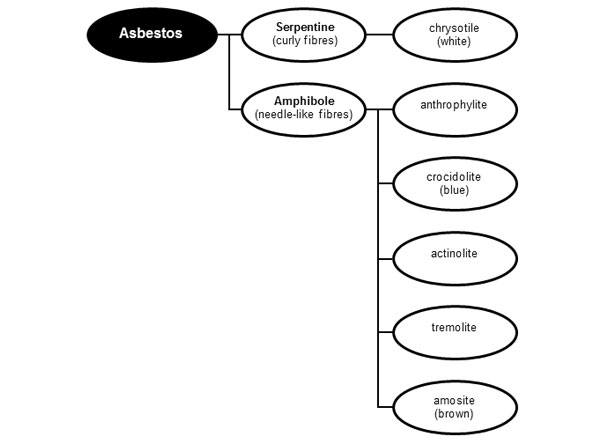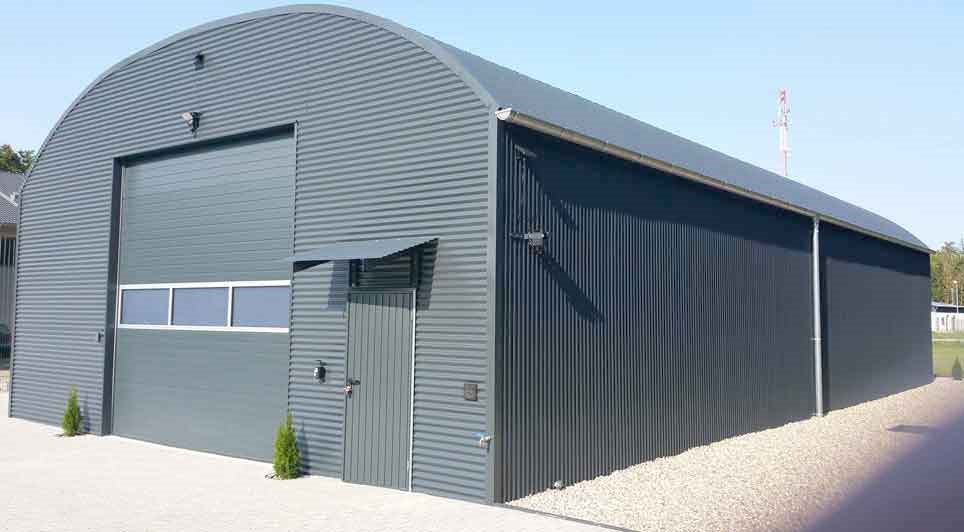Asbestos is in the headlines a lot nowadays because of its association with deadly diseases such as mesothelioma, and we are often asked the question 'what is asbestos made of?'
So to answer your question, we've decided to put this informative article together.
Asbestos is a naturally occurring mineral substance that is found as groups of fibres in the earth's soil and rocks all over the world.
These asbestos fibres are mainly made up of long chains of silicon and oxygen, but also contain other elements such as magnesium and iron.
Asbestos is well known for its heat resistant and insulation qualities, and because it doesn't conduct electricity.
In its pure form, not only is asbestos an excellent insulator, but it can also be mixed into cement, paper, plastic, cloth and other materials to make them stronger.
Asbestos is not one single type of mineral. The name 'asbestos' actually refers to a group of silicate minerals with the same fibrous nature.
Although there are six different asbestos types, they can actually be categorised into two main types as follows:
Chrysotile asbestos
This form of asbestos is also commonly known as 'white asbestos' and is by far the most common type used in industrial applications.
Because of how it appears when viewed underneath a microscope, this form of asbestos is known as serpentine or curly asbestos.
Chrysotile asbestos fibres tend to wrap around themselves in a spiral.
Its fibres are both soft and flexible, and so they do less damage to body tissue than other forms of asbestos.
Amphibole asbestos
There are actually several types of amphibole asbestos fibres.
These include amosite (brown asbestos), crocidolite (blue asbestos), anthophyllite, tremolite and actinolite.
Unlike chrysotile asbestos fibres, amphibole asbestos fibres appear straight and needle-like when viewed under a microscope.
They are characterised by having very strong and stiff fibres, making them very hazardous to health.
Amphibole asbestos fibres are dangerous to health as they can penetrate body tissue, especially within the lungs, and will eventually cause tumors to develop.
Author: Armco Asbestos
 UK
UK Ireland
Ireland Scotland
Scotland London
London






















